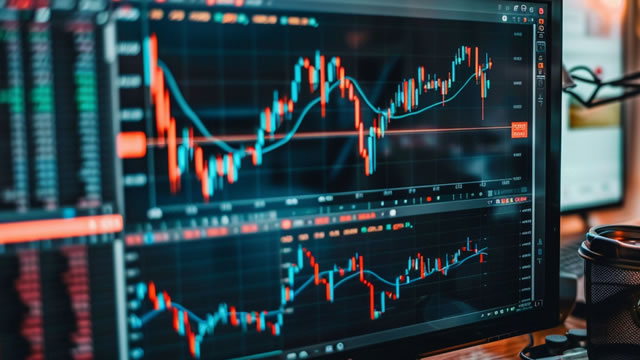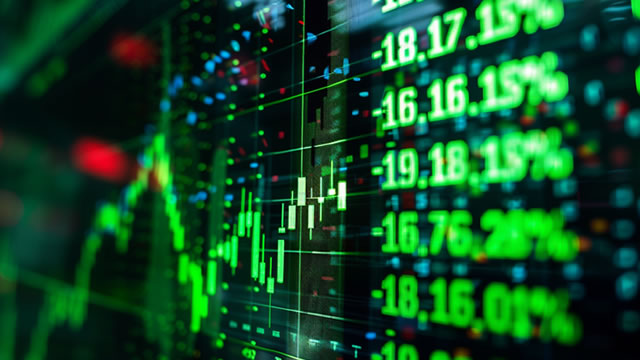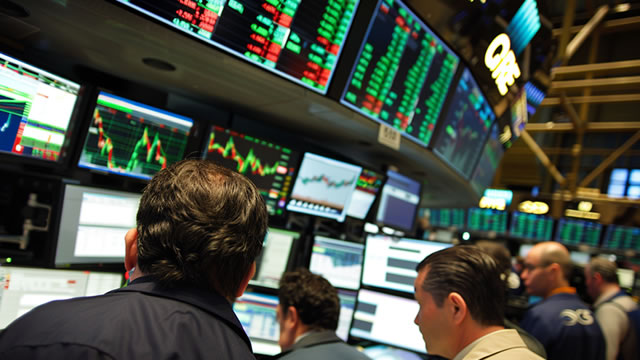The Unraveling of the Almighty Dollar: A Harbinger of Trouble for U.S. Assets
In the ever-volatile world of finance, one constant has long been the U.S. dollar’s status as a safe haven during times of market-based stress. However, this time-tested assumption is being challenged as the greenback experiences an ongoing year-to-date slide, leaving investors and analysts questioning the implications for U.S. assets as a whole.
A Dollar in Decline: Understanding the Trend
The U.S. dollar index, which measures the value of the dollar against a basket of six major currencies, has dropped approximately 8% since the beginning of the year. This decline can be attributed to a confluence of factors, including:
- Fiscal and Monetary Policies: The U.S. government’s massive fiscal stimulus packages and the Federal Reserve’s accommodative monetary policy have led to a significant increase in the money supply, making the dollar less attractive to foreign investors.
- Global Economic Recovery: As the global economy recovers from the pandemic, other major economies, like Europe and China, are experiencing stronger growth, making their currencies more desirable.
- Geopolitical Tensions: Ongoing tensions between the U.S. and China, as well as instability in other regions, have led investors to seek safer havens outside of the dollar.
Personal Implications: What This Means for Investors
For individual investors, the weakening dollar could have several consequences:
- Higher Costs: As the dollar declines, the cost of importing goods from other countries increases, potentially leading to inflationary pressures.
- Currency Risk: For those with significant holdings in foreign currencies or investments in international markets, a weaker dollar can result in losses as the value of their holdings decreases when converted back to dollars.
- Opportunities: On the flip side, a weaker dollar can make U.S. exports more competitive, potentially boosting corporate earnings and stock prices for companies with significant international revenue.
Global Consequences: Impact on the World
Beyond individual investors, the implications of a weakening dollar extend to the global economy:
- Trade: A weaker dollar can make U.S. exports more competitive, potentially leading to increased global trade. However, it can also make imports more expensive, which could result in decreased demand for foreign goods and services.
- Central Banks: Central banks around the world may respond to a weaker dollar by raising interest rates to protect the value of their currencies, potentially slowing economic growth in those countries.
- Geopolitical Tensions: A weaker dollar could exacerbate geopolitical tensions, particularly between the U.S. and countries with large trade surpluses, as each side seeks to protect its economic interests.
Conclusion: Navigating the Uncertainty
As the U.S. dollar’s status as a safe haven comes into question, investors must remain vigilant and adapt to the changing landscape. While a weaker dollar can present opportunities, it also poses significant risks. By staying informed and diversifying their portfolios, investors can better navigate the uncertainty and position themselves for success in a world where the almighty dollar may not always reign supreme.





